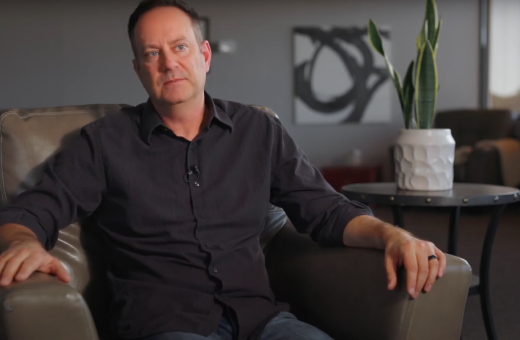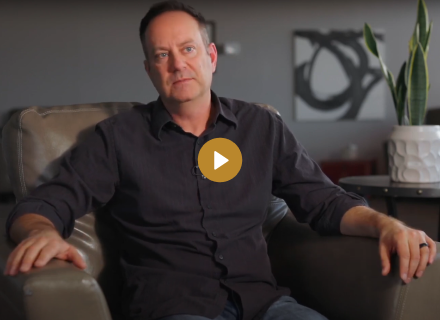By Dr. Floyd Godfrey
Many individuals entering therapy or coaching are unsure about where their responsibilities begin and end, both internally and externally. Boundaries—those invisible lines that help define who we are and how we interact with others—are essential for emotional health and maturity. Without them, people often experience emotional burnout, anxiety, or interpersonal conflict. Cloud and Townsend (2018) remind us that “it’s easy to misunderstand boundaries” (p. 31), which is why understanding and developing them is a vital part of personal growth and healing.
Understanding Boundary Challenges
Boundaries operate in two fundamental directions: internally, where we regulate our thoughts, emotions, and behaviors; and externally, where we interact with others. Individuals often assume that boundaries only pertain to saying "no" to others. However, the reality is more complex. As Cloud and Townsend (2018) explain, “We readily see, for instance, that people who have difficulty setting limits have a boundary problem, but so do those who don't respect other people's limits” (p. 31). This dual dynamic illustrates that boundary issues can stem from both passivity and intrusion.
Psychologically, those with poorly defined boundaries may suffer from enmeshment, anxious attachment, or guilt-driven behaviors. These patterns often originate from childhood environments where autonomy and assertiveness were not supported. A lack of clear boundary modeling in early life can lead to adulthood confusion around where emotional responsibility begins and ends.
Educational Strategies
Therapists and coaches working with boundary-related issues can begin by helping clients identify areas in life where they feel resentment or exhaustion—both common signals of boundary violations. Educational tools such as journaling prompts, role-playing, and emotional regulation exercises can enhance awareness. Encouraging clients to reflect on questions like “What do I truly feel responsible for?” or “Where am I overextending myself?” can reveal hidden patterns of overcommitment or emotional self-abandonment.
Moreover, clients must learn the distinction between healthy empathy and enabling. Understanding this difference empowers individuals to maintain compassion without surrendering their values or energy. In therapeutic settings, psychoeducation about assertiveness and self-advocacy lays a crucial foundation for sustainable change.
The Role of Therapeutic Intervention
Therapists and coaches can guide clients in developing inner boundaries—the capacity to manage intrusive thoughts, regulate emotions, and discern between helpful and harmful self-talk. Techniques from cognitive-behavioral therapy (CBT) and dialectical behavior therapy (DBT) offer practical tools for internal containment and emotional resilience.
Externally, clients may need structured support in asserting new boundaries in relationships where unhealthy patterns are deeply embedded. This often requires grieving old dynamics and facing the discomfort of potential conflict or rejection. The therapeutic space becomes a secure container where clients rehearse setting limits and experience the safety of being heard and respected.
Long-term, healthy boundary-setting becomes not just a relational skill but a reflection of self-worth. Individuals who practice consistent boundaries tend to develop stronger identities, more satisfying relationships, and a sense of internal peace.
Embracing Growth Through Boundaries
Learning to set and maintain boundaries is a cornerstone of emotional health and healthy development. It involves courage, self-awareness, and often a redefinition of long-held beliefs about responsibility and love. While the process may feel uncomfortable, it leads to a more grounded and authentic life. Therapists, coaches, and individuals alike must recognize that boundaries are not barriers—they are bridges to healthier relationships and deeper self-respect.
Floyd Godfrey PhD is a Certified Mental Health Coach and has been guiding clients since 2000. He currently speaks and provides consulting and mental health coaching across the globe. To learn more about his services please visit his website: www.FloydGodfrey.com.
References
Cloud, H., & Townsend, J. S. (2018). Boundaries workbook: When to say yes, how to say no to take control of your life. Zondervan.



